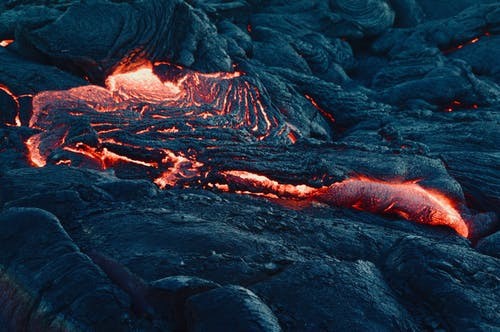
Earth has a lot of run-ins with space rocks. They have triggered the demise of the dinosaurs roughly 66 million years ago, known to lit up daytime skies over Russia in thousands of dashcam videos and they even struck a human.
However, one major meteorite impact that happened around 800,000 years ago has long baffled scientists and researchers. They know that it happened because of millions of blobs of glass, known as tektites, were launched over 10% of the planet's surface, from Southeast Asia to Antarctica and across wide swathes of the Pacific Ocean and the Indian Ocean.
The impact that flung these Australasian tektites would have excavated a crater that is at least several miles in diameter and hundreds of feet deep. But almost a century of sleuthing failed to turn up any direct trace of the said strike.
Aaron Cavosie, a planetary scientist at the Space Science and Technology Centre at Curtin University in Perth, Australia said that the crate has a very difficult size hole to make it go away. Now a team of researchers thinks that they found it and it is buried beneath a lava bed in Laos.
Space rock evidence
The team led by a geologist at the Earth Observatory of Singapore named Kerry Sieh, and published its evidence last week in Proceedings of the National Academy of Sciences. While some researchers suggest that additional fieldwork should be done to confirm the findings, the results that they've gathered provide important clues toward the piecing together of a catastrophic encounter between Earth and space rocks.
Dr. Sieh has been searching for the crater for years, but many leads had turned out to be dead ends. While most researchers agree that the meteorite impact likely happened in Southeast Asia, that is still a part of a puzzle.
A lot of ancient impact crates have disappeared from the Earth's surface as a result of volcanic, tectonic and erosional forces. But most places in Southeast Asia experienced low rates of sedimentation and erosion. They were insufficient to have removed a very large crater in a very short period.
But there was at least one exception, a Delaware-sized plateau near the Mekong River in southern Laos. Volcanic eruptions have created lava beds that are up to 1,000 feet deep. That is thick enough to hide a large crater.
How scientists began the search
Dr. Sieh and his team began by studying the data that showed that Australasian tektites contain elements and characteristics of the Laotian volcanic field. The scientists also studied the age of the lava flows. Some predated the impact of the lava flow while scientists postdated it. Dr. Sieh stated that it makes sense since the lavas that buried the crater must be younger than the impact and the lavas that were placed into the tektites were older.
Dr. Sieh and his team also measured the gravitational field around the lava beds. The craters usually exhibit a weaker gravitational tug than surrounding areas due to the need to fill up the broken areas and the less densely packed materials. The scientists found a gravity signal that is consistent with an elongated crater that was roughly 11 miles long by 8 miles wide and was filled with around 300 feet of jumbled rock.
His team then set off looking for some debris, or any obvious impact that would have scattered soil and boulders. Just a few miles from the summit of the volcanic field, Dr. Sieh and his team stumbled upon two places where the hill slope had been excavated to make room for a road. Those cuts showed sandstone boulders that fit perfectly together like a jigsaw puzzle.
Vanpheng Sihavong, a geoscientist at the Ministry of Energy and Mines in the Lao People's Democratic Republic and a member of the research team said that they calculated that they were ejected from the crated and they landed at around 450 meters per second, which is fast enough to shatter them upon their impact.
The scientists also studied the quartz grains in some of the boulders and they observed that they were fractured, usually considered a smoking gun of an impact. Dr. Cavosie said that while these results are consistent with a buried crater, they are not unambiguous proof. He said that it is a great lead on a new site worthy of investigation but he also added that the next step would be to drill through the lava and finding shock-deformed rocks that would seal the deal.
Read also: Ancient Beads Made From Meteorit
Read also: es Could Reveal The Prehistoric Culture
© 2026 ScienceTimes.com All rights reserved. Do not reproduce without permission. The window to the world of Science Times.










